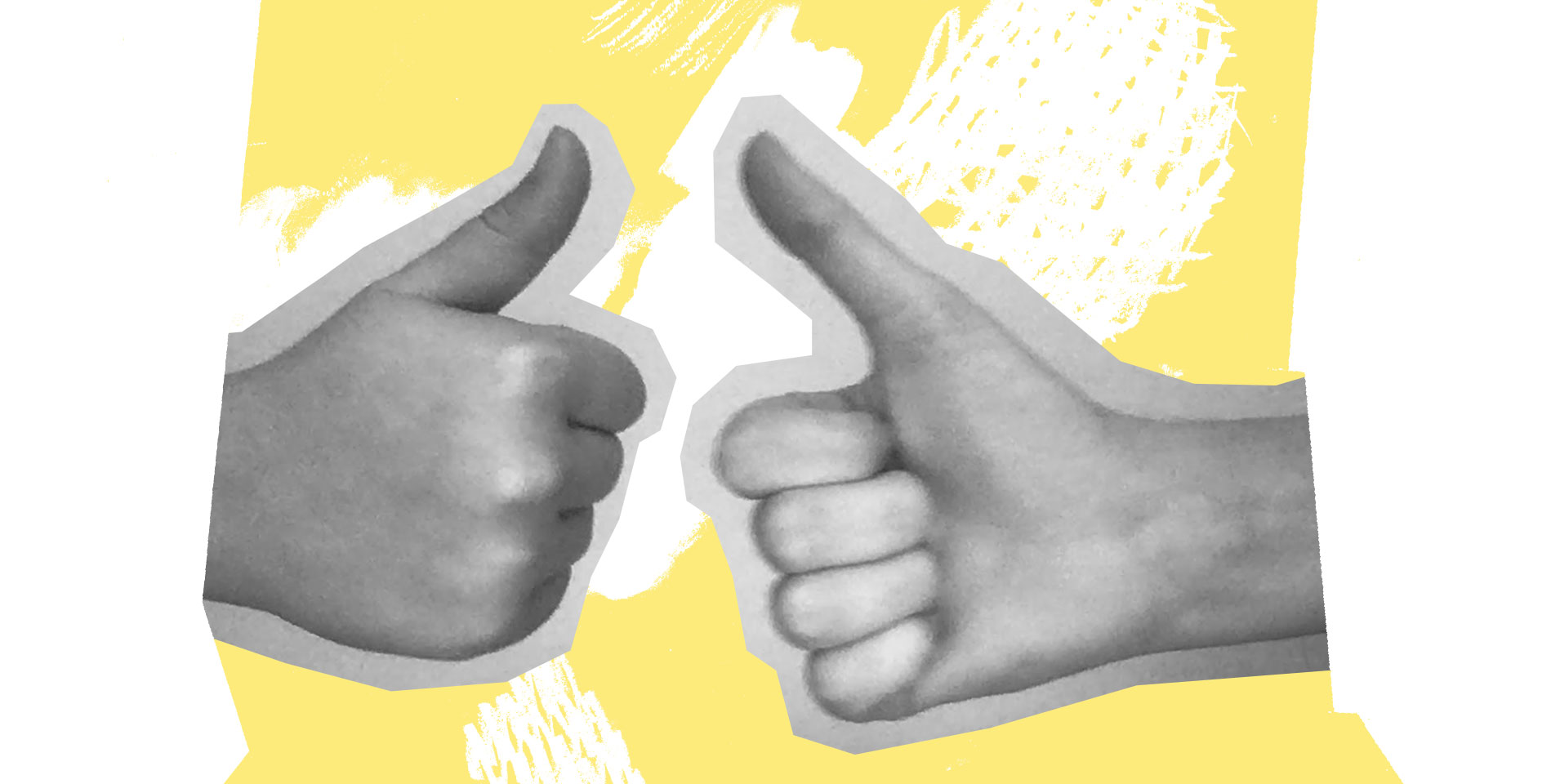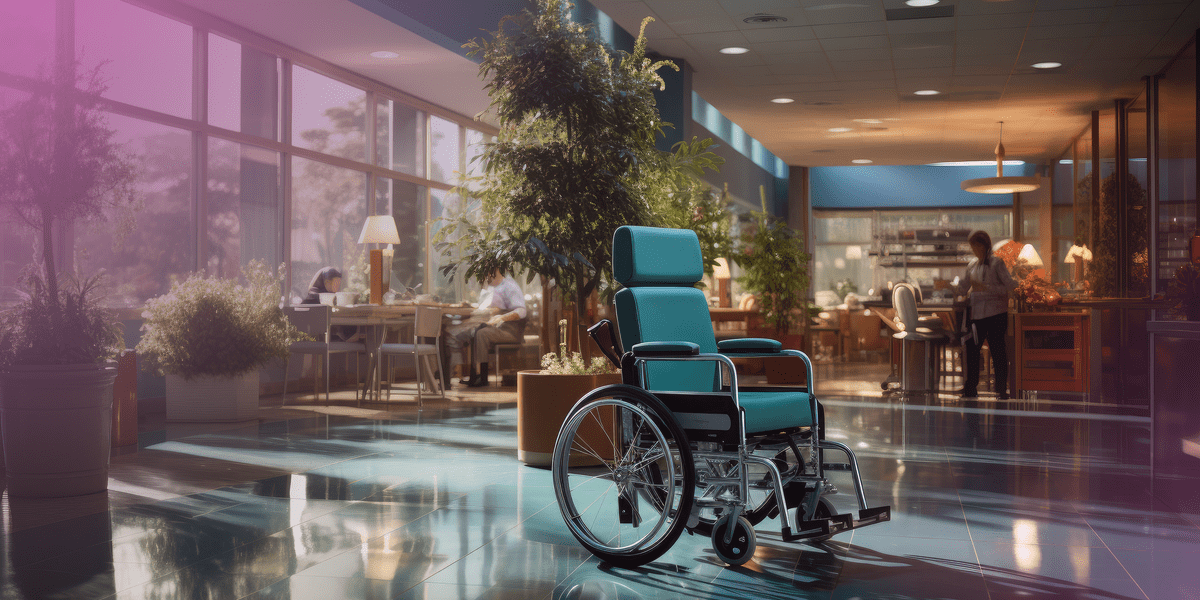
Design for good vs good design.
Design for good, or good design. Why are they mutually exclusive? And what does it mean for us, an impact agency, to practice ‘good’ design?
These are questions the design team has asked ourselves, and debated with extra vigour every year when considering which projects to submit to awards.
Reading designer, George Aye’s, essay prompted further discussion about what good design means for us here at Ellis Jones.
As an agency, we exist to practice design for good. It’s our ethos, driving everything we do. We work towards outcomes that address social and environmental needs – using the multidisciplinary skills at our disposal.
As a design practice, we also have a desire to be recognised by our peers as producing “good design”. There is a tension in these two ideas: design for good or good design. Maybe one of these has to be compromised for the other. How much overlap of the Venn diagram is there of these two definitions of “good”?
It has become somewhat of a trend recently for studios to be contributing to a social cause, but is it enough to only design aesthetically beautiful things for organisations doing good? I would argue that for a piece of design to be considered “Design for Good” the aesthetic, form, function – all the design principles we learn – should also contribute to a measurable social impact.
George Aye describes conventional design that solves business needs as being a balance between aesthetic and function: how attractive is the form and effective the function? Aesthetic should not be taken for granted when designing for good. Not only for attractiveness, the aesthetic can be not attractive contributing to the purpose and efficacy of its function.
Design is a sensory practice and what something has been crafted to look, feel, smell and taste like gives cues as to how and when you should use it, and whether you are the intended audience.
However, design for social impact needs some more thinking about what makes it ‘good’. Design for social innovation is often considered in terms of products, or services that have a physical output but, if we expand the definition of design beyond the material world, that could bring us closer to a definition of what design means for us.
A definition of good design includes the services, systems, tools and processes that lead to an outcome or output, physical or not, that has a social impact.
For us, good design is social, it is for people – to use, think about, revere, adapt. And, that is ‘design for good’
These are some of the guiding principles that drive our practice.
- Good design moves: it is progressive, contemporary, emotive. Moving ahead of trends, moving feelings.
- Good design is accessible: it doesn’t discriminate, it is inclusive. Good design does not exclude, marginalise or alienate anyone from accessing it.
- Good design is empathetic: it understands its audience and speaks to them directly.
- Good design is resonant: it honours the reality of its intended audience, creating a lasting impression that recognises the lived experience.
- Good design is an experience: it creates ownership and agency. Good design has a life beyond the designer.
- Good design changes behaviour. As design is a social practice, we should learn from other social disciplines and contribute to the progression of ideas and conversations about what it means to be human.

